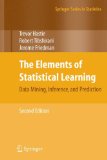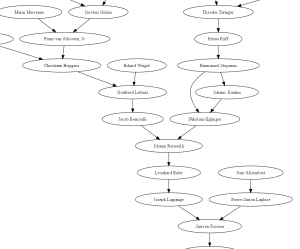Parkinson’s Law says that work expands to the time allowed. I’ve seen that play out over and over. However, I’ve also seen a sort of opposite of Parkinson’s Law. Sometimes work gets done faster when you have more time for it.
Sometimes when I’ve planned a large block of uninterrupted, say going into the office when hardly anyone else is there, I get through my to do list in the first hour of the day. Knowing that I have plenty of time, I think more clearly and end up not needing the extra time. When that happens, I sometimes think “If I’d known this would just take 30 minutes to solve, I would have done it sooner.” But it’s not that simple. Just because it took 30 minutes on a good day doesn’t mean that it could have been done during just any 30-minute time slot earlier.
In his book Symmetry and the Monster, Mark Ronan shares a story along these lines. Ronan tells how John Conway worked on a famous mathematical problem. Conway and his wife agreed that he would carve out Saturdays from noon to midnight and Wednesdays from 6 PM to midnight for working on this challenge. He started one Saturday and cracked the problem that evening. Perhaps Conway would have been able to solve his problem by working on it an hour at a time here and there. But it seems reasonable that having a large block of time, and knowing that other large blocks were scheduled, helped Conway think more clearly.
My guess is that Parkinson’s law applies best to projects involving several people and to one-person projects that are not well defined. But for well-defined projects, especially projects requiring creative problem solving, having more time might lead to not needing so much time.






